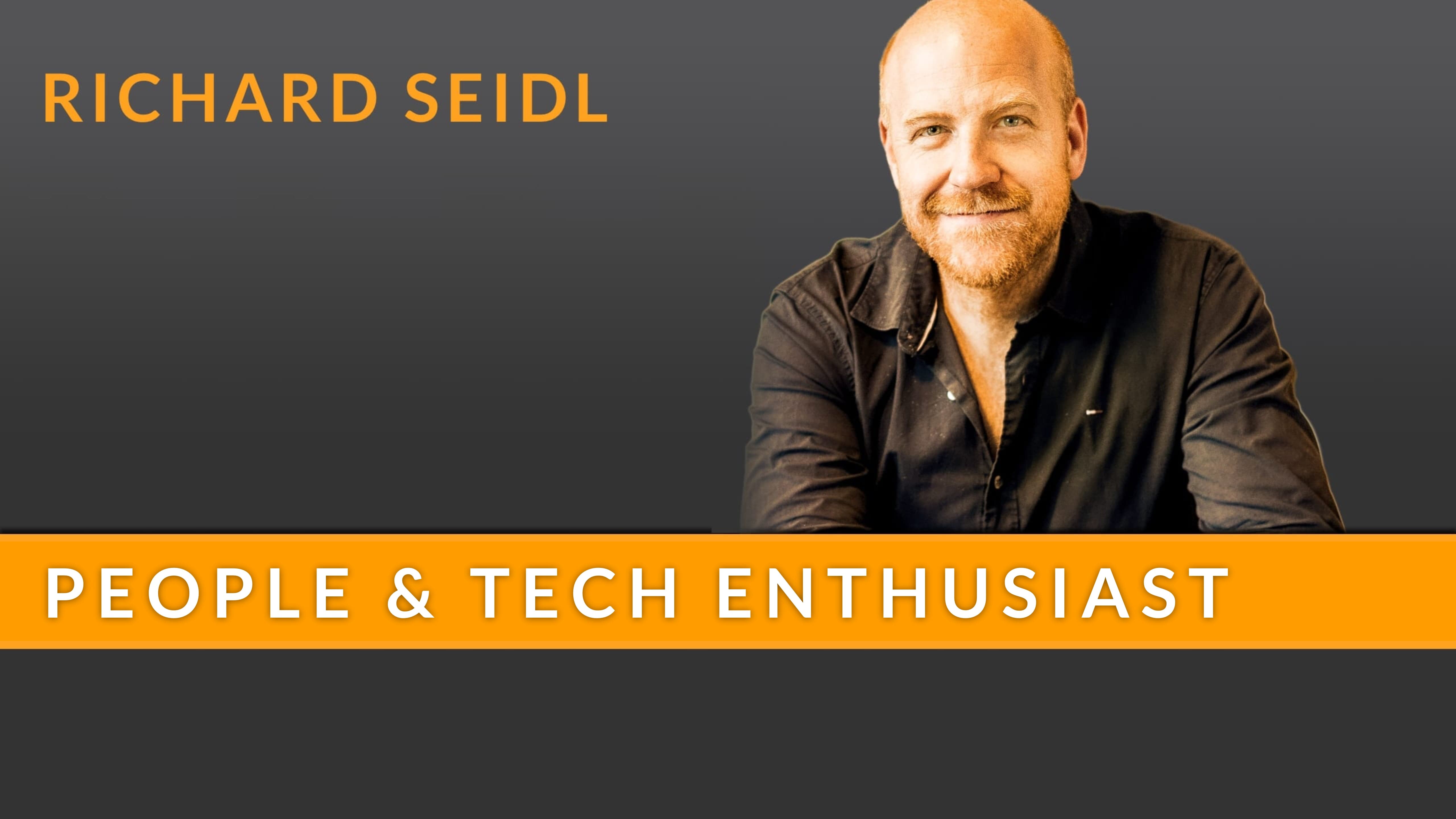1 min read
Digitalization – Deal with it!
Digitalization is not coming - it’s already here! And it’s not going to go away. Sitting it out and burying your head in the sand is pointless. Even...

I’m currently sitting in my hotel room at the Central-Hotel Kaiserhof in Hanover. A beautiful, fine hotel - even if it sounds more imperial than it is - at least for a Viennese 😉 Behind me is a long day of workshops at a software development company. The 19 software developers and managers (i.e. all employees) started a series of workshops on agile mindset with me a year ago. Not unusual so far. Until today.
When we got together a year ago, I thought: What do they want? They’re already doing a fantastic job. They deliver top software. The customers are delighted. The development processes are running smoothly. Agile working wasn’t just an empty phrase, it was part of their DNA. The employees are satisfied. But they wanted more: more efficient processes, more team spirit, more efficiency, more pride in and more fun at work. But there was still something missing - even if none of us could put our finger on it. And so we set off.
And how to get started now? Upgrade methodically? Well, let’s be honest: software developers can develop software. And if they can’t do something, they teach themselves. They also use agile methods and they are not rocket science. You can find them in countless books, blogs, guides, etc. It’s no secret, fully available and applicable. But the fun begins when agile methods and procedures are adapted via retrospectives and increasingly reflect the characteristics of the teams and employees. This is how the individual, agile path is created. It is always a pleasure when a team gets into this mode and they themselves shape their agile processes more and more until they are so deeply embedded in the company’s DNA that they no longer need to call it “agile”. Then they also have the highly praised “agile mindset”. But where does that come from? AHA!
Agility - everyone wants it. And if you ask 10 experts for the definition of agility, you get 12 different answers. Stupid, right? Not at all! Because that’s what it’s all about. Because this little word hides other agile values such as: Courage, feedback, curiosity, openness, etc. There is no 100 percent defined list here either - but there are many similarities. And this is where we can start, namely by defining the values: What does openness actually mean for each individual and for the team? What does transparency actually mean? And what does feedback mean? And what does courage mean? And then in sum: What does agility actually mean? The collective answer to these questions is as individual as the company itself!
Side note: Agile methods try to “implement” these values and are, so to speak, the best practices of other companies in implementing their agile values. But whether this will work for your own team/company is uncertain. If courage is not the same as courage, then Daily does not have to be the same as Daily. It’s great what comes out of it!
With values, we are suddenly in an area that is suddenly really “soft” and “personal”. And this opens up a whole new dimension: what do I actually have to think when I live these values? What do I believe in? Who do I have to be? What kind of team do we need to be? Reflecting on and dealing with these questions no longer has anything to do with agile methods, but only leads to one thing: the personal development and maturation of employees. Oh my! Suddenly it’s no longer about a little more agile please - it’s about transformation!
“The personal development thing certainly doesn’t work for us! We have experienced engineers and developers. And you know, our programmers are also a bit … well … independent. They certainly don’t sit down in a circle with incense sticks and play stupid games” - well, even if it doesn’t sound very appreciative, that’s what some managers think. It’s just as well that personality development has become massively professionalized in recent years, accompanied by findings from psychology and brain research.
In today’s workshop, we discussed what an agile team needs to think of itself in order to work well - and what everyone believes and should believe about themselves. This not only helped the software developers to form a common understanding of agile teamwork, they also got to know each other on a whole new level and exchanged ideas. And most importantly, one 25-year-old participant said at the end: “Phew, I really learned a lot about myself today. I wouldn’t have thought that.”
And all without a sitting circle, incense sticks and silly games.

1 min read
Digitalization is not coming - it’s already here! And it’s not going to go away. Sitting it out and burying your head in the sand is pointless. Even...

Today, agility appears in a wide variety of contexts and media and has become a hype. Many companies want to work in an agile way in order to become...

So it was 20 years ago that the foundation stone for the “Manifesto for Agile Software Development”was laid in a ski hut in Utah: the Agile...